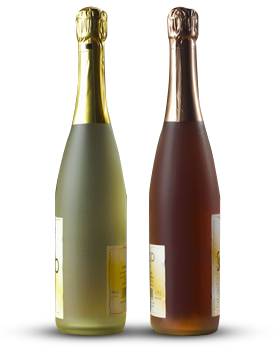

Aging Potential of Premium Zinfandel
Posted on by RickieZinfandel, often celebrated for its bold fruit flavors and spicy complexity, is a wine that can evolve beautifully with age. While many associate Zinfandel with youthful exuberance, premium examples from top vineyards possess the structure and balance to develop intriguing secondary characteristics over time. Understanding the aging potential of Zinfandel requires an exploration of its key traits, ideal growing conditions, and cellar-worthy selections.
The Structure of Age-Worthy Zinfandel
Not all Zinfandels are created equal when it comes to aging. The finest examples exhibit:
- Balanced Acidity – A vibrant acidity helps preserve freshness as the wine matures.
- Firm Tannins – Structured tannins provide the backbone necessary for long-term aging.
- Concentrated Fruit – Wines from old vines or low-yield vineyards offer depth and intensity.
- Moderate Alcohol – While Zinfandel is known for higher alcohol, excessive heat can disrupt aging potential.
How Zinfandel Evolves Over Time
In its youth, Zinfandel bursts with ripe blackberry, raspberry, and black pepper notes. With proper aging (5–15 years for premium bottles), the wine develops:
- Dried fig, leather, and tobacco nuances
- More integrated oak influences (vanilla, cedar)
- Softer tannins and a silkier texture
- Greater complexity and earthy undertones
Top Regions for Age-Worthy Zinfandel
Certain appellations consistently produce Zinfandels with excellent aging potential:
- Dry Creek Valley (Sonoma) – Known for structured, balanced Zins with firm tannins.
- Russian River Valley – Cooler climate adds acidity and elegance.
- Paso Robles (Old Vine Blocks) – Concentrated fruit and mineral depth.
- Napa Valley (Mountain Vineyards) – Bold yet age-worthy expressions.
Cellaring Tips for Zinfandel
To maximize aging potential:
- Store bottles at 55–60°F (13–15°C) with consistent humidity.
- Keep away from light and vibration.
- Lay bottles horizontally to keep corks moist.
- Monitor periodically; most premium Zinfandels peak between 8–12 years.
While Zinfandel is often enjoyed young, discerning collectors recognize that the finest examples can rival Cabernet Sauvignon in longevity. With careful selection and proper storage, aged Zinfandel reveals a captivating interplay of fruit, spice, and earth—a testament to this varietal’s underrated elegance.
Tags: Aging, Potential, Premium, zinfandel
Copyright © 2025 Top Red Wine All rights reserved. .
